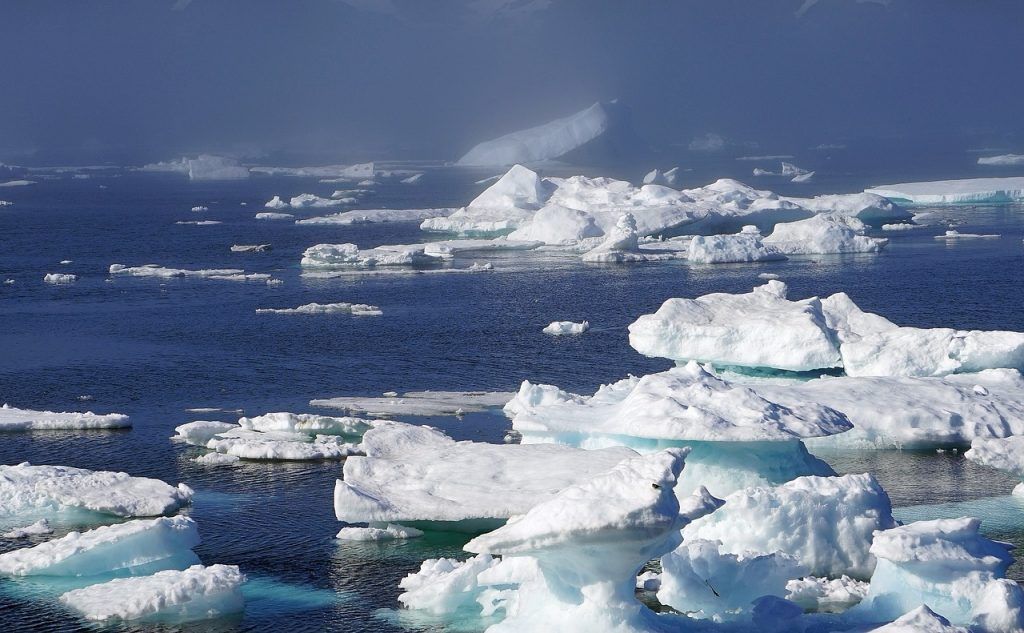The government finally came out in support of a plan to save the European carbon trading market (ETS) this afternoon after it was accused of dragging its feet.
The European Commission is attempting to address the low price of carbon emission permits, which have dropped from about 140 kroner per tonne of CO2 in 2008 to around 50 kroner per tonne today.
An oversupply of carbon emission permits is being blamed for the price decrease and the commission has therefore proposed ‘backloading’, or withdrawing, 900 million tonnes of CO2 from the market in order to stimulate the price. The price increases are seen as necessary if there is to be any incentive for businesses to transition to more renewable energy sources.
The Danish government has been under pressure to support the proposal, which is seen as the last chance to save the ailing ETS market. Today the climate minister, Martin Lidegaard (Radikale) finally stated in a press release that Denmark was onboard.
“Europe needs a stable carbon market that supports the transition to renewable energy,” Lidegaard wrote. “The commission’s proposal is the first step. But it is very important that a plan is soon presented that will ensure the fundamental stability of the carbon market.”
Lidegaard stressed that the backloading proposal was only a short-term fix for the ETS. In the long term, the government wants the EU to implement a binding 30 percent emission reduction target for 2020, up from the current 20 percent target, though this has yet to receive significant support from other EU members.
The government also stated that it would lobby to ensure that the 900 million permits are not re-introduced into the market in 2015 as had been planned, arguing that they should instead be permanently removed as flooding the market with the permits could lead to another massive devaluation.
Carbon trading markets are not uncontroversial and over 90 organisations have so far signed a joint declaration entitled 'It is Time to Scrap the ETS'. The declaration identifies several structural flaws within the carbon market that undermines its ability to reduce EU carbon emissions.
For example, they claim that the market enables European businesses to offset their emission reductions by paying for projects in another country – usually in the southern hemisphere – that will reduce carbon emissions for them so they don't have to.
But environmental organisations such as Friends of the Earth claim that these projects have actually led to an increase in carbon emissions, and created regional conflicts and environmental destruction.
The declaration ends by stating: “It is time to stop fixating on ‘price’ as a driver for change. We need to scrap the ETS and implement effective and fair climate policies by making the necessary transition away from fossil fuel dependency.”
According to Danish environmental think-tank Concito, however, the vast majority of the EU’s CO2 reductions have all taken place within Europe and only a small fraction have been achieved through offsetting.
Concito managing director Thomas Færgeman told The Copenhagen Post that he supports the government’s decision to back the backloading proposal. Færgeman even argued that the low price of carbon permits may actually be a sign that the ETS and EU’s emissions targets have been successful.
“You can argue the market has worked,” Færgeman said. “The EU’s initial target to reduce CO2 emissions by 20 percent in 2020 have almost already been reached. That, combined with the economic crisis, is part of the reason the price has already gone down so much.”
Færgeman argued that the transition to renewable energy requires having both a functioning carbon market and ambitious binding goals for emissions reductions.
The backloading proposal will increase demand on the remaining permits, which would hopefully raise their price. This will encourage energy companies to invest more in natural gas power plants than coal, for example. Burning coal releases almost twice as much CO2 as burning gas, but the low carbon price has meant there is little incentive to transition to the cleaner fuel.
Increasing the binding emissions targets to 30 percent in 2020, instead of 20 percent, would also lead to emissions reductions. But while there is strong political opposition to this move, Færgeman argued it is actually in the best interests of industry to have clear long-term emissions targets.
“European ministers need to sit down and agree on new binding targets for 2020 and beyond,” Færgeman said. “A 30 percent target will ensure the permit price will rise but it’s not politically feasible because there is such a strong industrial lobby. They oppose the higher target because they argue it will damage European competitiveness. But if businesses know the targets well ahead of time, it’s likely the permit price will adapt and not rise too high.”
The Danish confederation of industry, Dansk Industri, disagrees with Concito, however, and argues that backloading is “not a sensible solution.”
“It won’t have a positive effect on the climate and it will result in additional yearly costs for Danish companies of about 300 million kroner,” DI managing director Tine Roed told the Copenhagen Post. “The real problem lies in the actual structure of EU’s energy and climate policies. Therefore, we are happy to see that the Danish government has conditioned its support of backloading on that the EU simultaneously addresses the structural problems of the system.”
Roed added that while DI was looking forward to discussions this spring about a long-term road map for climate policy, it was still premature to decide on the best way to proceed.
“The most important thing is to have debate about the structure after 2020. There are a large number of options. The Commission will put forward some thoughts already this spring regarding the 2030 energy- and climate perspective, so there’s no need to decide right now. We believe that it is premature to talk about a higher target already in 2020. Such a move will have to await the international climate talks.”














